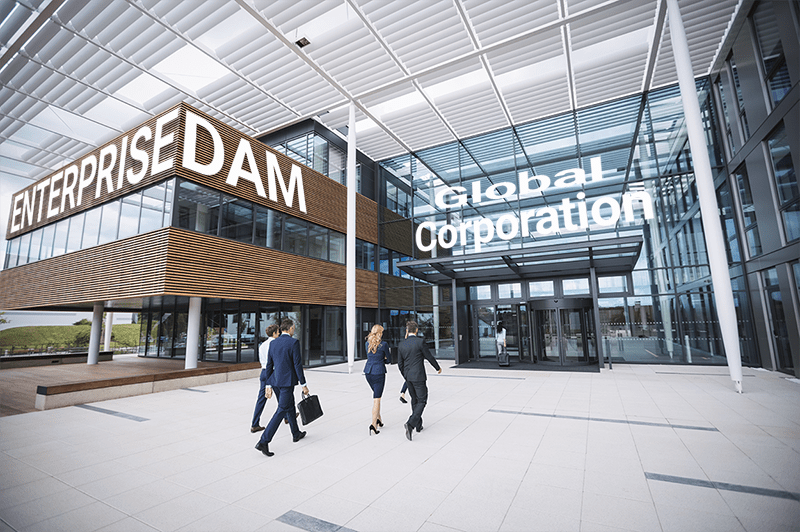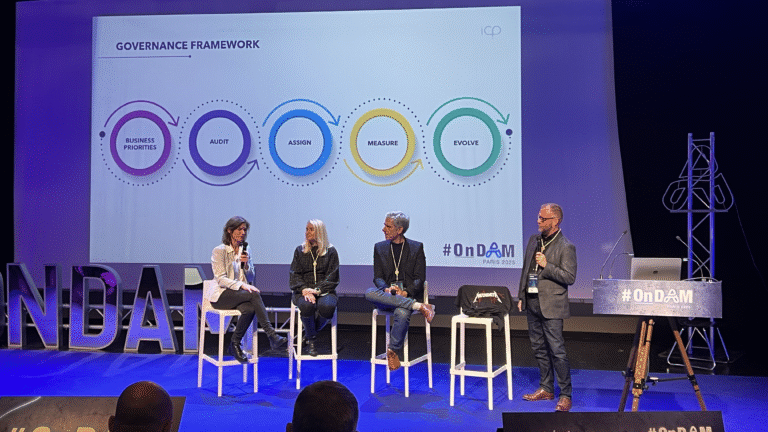Overcoming the Limitations of Standard DAM Systems
Enterprises of this scale often find standard Digital Asset Management (DAM) systems falling short when it comes to meeting their high-content management requirements. These systems are typically tailored to address marketing-specific needs, leaving critical gaps unaddressed. The rigid data models inherent in such solutions constrain flexibility, hindering integration with external systems and limiting the seamless flow of information across platforms. Moreover, the scalability, availability, and performance of these DAM systems, especially across geographically distributed locations, present considerable obstacles.
Flexibility Redefined with Enterprise DAMs
Recognizing these limitations, industry experts assert that Enterprise DAM solutions hold the key to unlocking the true potential of global companies. By embracing the principles of Microservices, API-first, Cloud-native, and Headless (MACH), modern enterprise DAM platforms leverage cloud computing providers such as AWS or Azure to deliver unparalleled scalability, flexibility, and optimal performance. This cloud-native architecture paves the way for enhanced agility, enabling rapid feature development and efficient customization to meet specific business requirements.
In addition to a robust architectural framework, the flexible data model offered by enterprise DAM vendors plays a pivotal role in integrating diverse martech systems within global enterprises. Unlike standard DAM systems with fixed metadata structures, these enterprise-grade solutions empower companies to seamlessly incorporate data from Customer Relationship Management (CRM), Enterprise Resource Planning (ERP), Product Information Management (PIM), and e-commerce platforms. This convergence of data ensures a centralized information hub, eliminating the need for users to navigate a multitude of systems and facilitating a holistic approach to content management.




